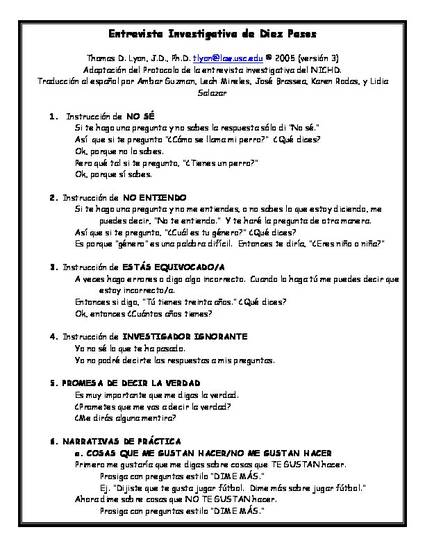Font Lyon Text
Lyon_Text-family-9-864-xxx_q87.jpg' alt='Font Lyon Text' title='Font Lyon Text' />Garamond Wikipedia. Garamond is a group of many old styleseriftypefaces, named for sixteenth century Parisian engraver Claude Garamond generally spelled as Garamont in his lifetime. Garamond style typefaces are popular and often used, particularly for printing body text and books. Garamond worked as an engraver of punches, the masters used to stamp matrices, the moulds used to cast metal type. His designs followed the model of an influential design cut for Venetian printer Aldus Manutius by his punchcutter Francesco Griffo in 1. Some distinctive characteristics in Garamonds letterforms are an e with a small eye and the bowl of the a which has a sharp hook upwards at top left. Other general features are limited but clear stroke contrast and capital letters on the model of Roman square capitals. The M is slightly splayed with outward facing serifs at the top sometimes only on the left and the leg of the R extends outwards from the letter. The x height height of lower case letters is low, especially at larger sizes, making the capitals large relative to the lower case, while the top serifs on the ascenders of letters like d have a downward slope and ride above the cap height. The axis of letters like the o is diagonal and the bottom right of the italic h bends inwards. Following an eclipse in popularity in the eighteenth and nineteenth century, many modern revival faces in the Garamond style have been developed. It is common to pair these with italics based on those created by his contemporary Robert Granjon, who was well known for his proficiency in this genre. However, although Garamond himself remains considered a major figure in French printing of the sixteenth century, historical research has increasingly placed him in context as one artisan punchcutter among many active at a time of rapid production of new typefaces in sixteenth century France and research has only slowly developed into which fonts were cut by him and which by contemporaries. Therefore, a Garamond revival font in modern use can in practice often be understood to mean one based on the general appearance of early modern French printing, not necessarily specifically Garamonds work. The term Garalde is used by the publishing association ATyp. I to generally refer to designs on the Aldus French renaissance model. In particular, many Garamond revivals of the early twentieth century are actually based on the work of a later punch cutter, Jean Jannon, whose noticeably different work was for some years misattributed to Garamond. Modern Garamond revivals also often add a matching bold and lining numbers at the height of capital letters, neither of which were used in Garamonds time. The most common digital font named Garamond is Monotype Garamond. Developed in the early 1. Logo-Lyon-Healy-logo-1.jpg' alt='Font Lyon Text' title='Font Lyon Text' />Microsoft products, it is a revival of Jannons work. HistoryeditGaramonts life and careeredit. A Great Primer type c. Garamond, cast from surviving matrices in the Plantin Moretus Museum. Acknowledgements. Credit for much of the written history of the parish of Lyonshall must go to Mrs Shan Preddy of Church House, Lyonshall, who painstakingly put. Windows Script Host Version 5.8. A page spread from the book De Aetna, printed by Aldus Manutius in 1. It would become influential in French printing from the 1. Garamond cut type in the roman, or upright style, in italic, and Greek. In the period of Garamonds early life roman type had been displacing the blackletter or Gothic type which was used in some although not all early French printing. Though his name was generally written as Garamont in his lifetime, the spelling Garamond became the most commonly used form after his death. Professor Hendrik Vervliet, the leading contemporary expert on French Renaissance printing, uses Garamont consistently. The roman designs of Garamond which are his most imitated were based on a font cut around 1. Font Lyon Text' title='Font Lyon Text' />
